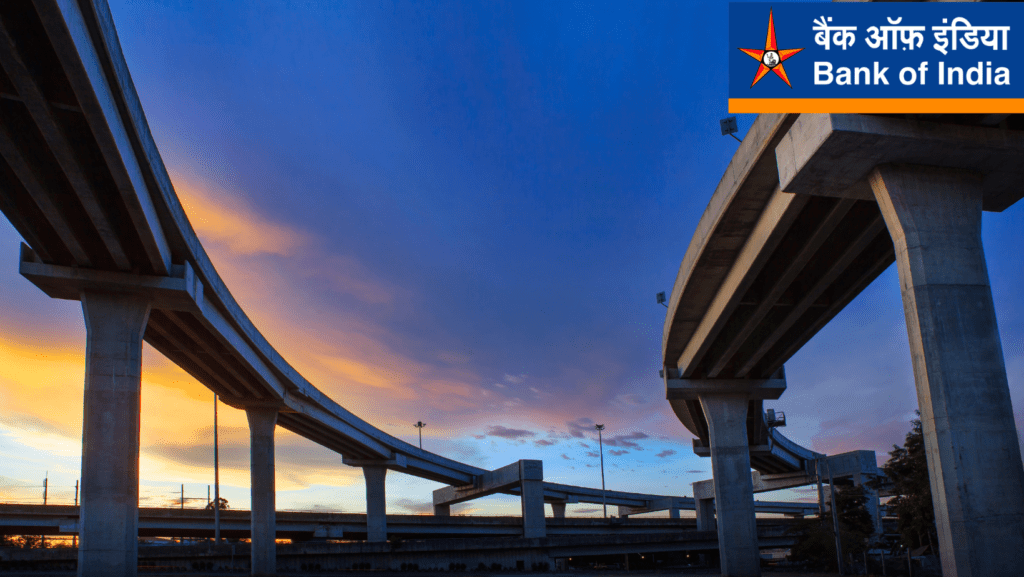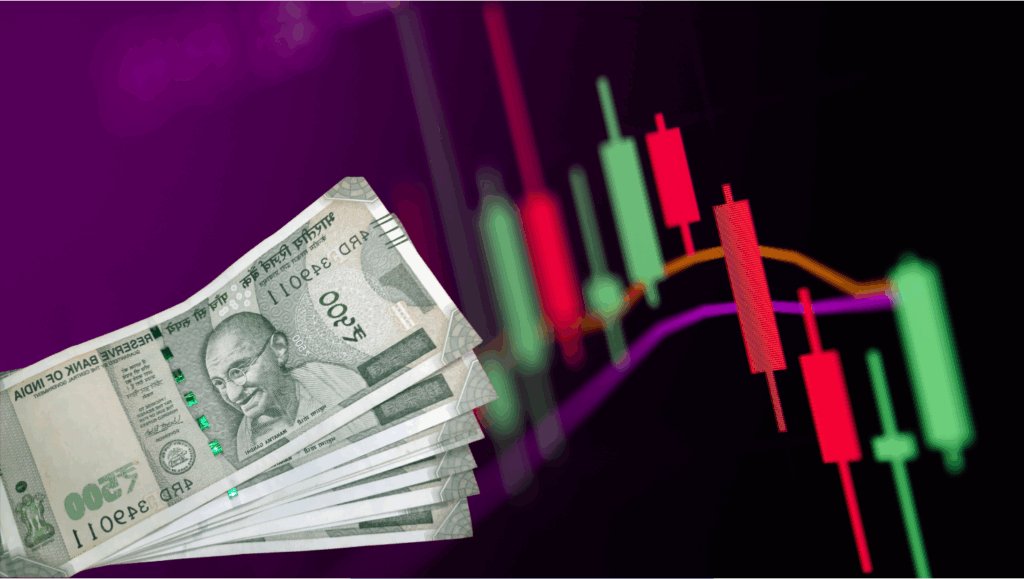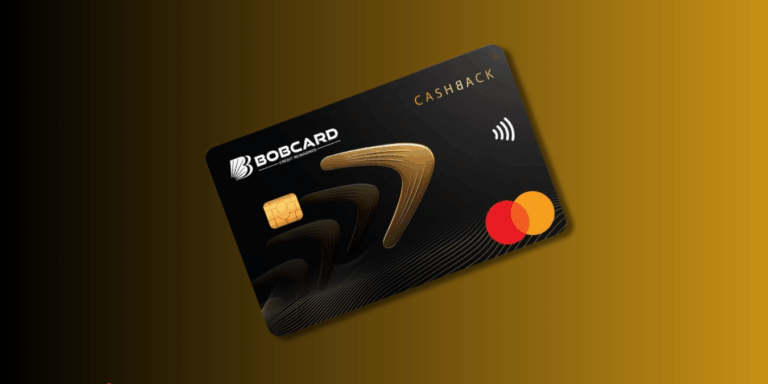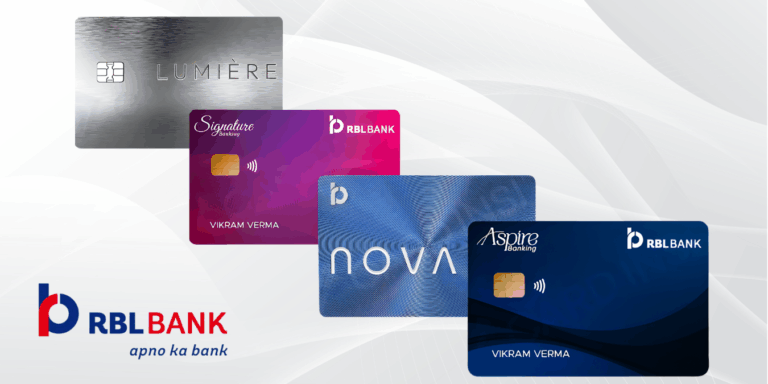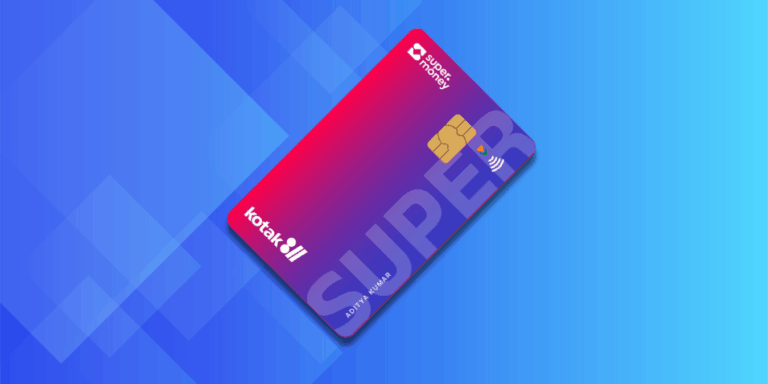
“Need instant cash? Learn how to transfer money from a credit card to a bank account in India . Discover 5 legal methods, hidden fees, interest rates, and smarter alternatives. Avoid debt traps—read before you transfer!”
In India’s rapidly evolving financial landscape, the need for quick and flexible money management solutions is greater than ever. With digital payments booming and credit card usage on the rise, a common question emerges: Can we transfer money from a credit card to a bank account in India? The answer is yes, it’s possible—but it comes with specific methods, costs, and considerations tailored to the Indian market. We’ll explore how to transfer money from a credit card to a bank account in India, the latest options available, associated fees, benefits, risks, and alternatives. Packed with current data and SEO-friendly keywords, this blog post will help you navigate this financial process effectively.
Understanding the Concept: Credit Card to Bank Account Transfers
Credit cards in India, issued by banks like HDFC, SBI, ICICI, and international players like Visa and Mastercard, are primarily designed for purchases, EMIs, and bill payments. However, transferring funds directly to a bank account isn’t a standard feature. This process involves tapping into your credit limit to access cash, which you can then deposit into your savings or current account. With India’s growing reliance on digital transactions—UPI transactions alone hit 144 billion in 2024 per NPCI data—the demand for such flexibility has surged.
Rising costs of living and the increasing penetration of credit cards (up 15% in 2024 per RBI reports) have made this an attractive option for many. But before you proceed, understanding the costs and legalities is essential.
How to Transfer Money from a Credit Card to a Bank Account
Here are the most popular and up-to-date methods to transfer money from a credit card to a bank account :
1. Cash Advance from Your Credit Card
- How It Works: Most Indian credit card issuers, such as HDFC, SBI, and Axis Bank, offer cash advance facilities. You can withdraw cash from an ATM using your credit card and deposit it into your bank account.
- Process: Use your credit card PIN at an ATM, withdraw cash (within your cash advance limit), and deposit it via a bank branch, ATM, or online transfer.
- Fees: Cash advances typically incur a fee of 2.5-3.5% (e.g., ₹250-₹350 for a ₹10,000 withdrawal) plus a high APR (30-40% annually).
- Latest Data: RBI’s 2024 report notes that cash advance APRs in India have increased by 1.5% since 2023 due to inflationary pressures.
2. Third-Party Payment Apps
- How It Works: Apps like Paytm, PhonePe, Google Pay, and Cred allow you to link your credit card, transfer funds to the app wallet, and then move the money to your bank account.
- Process: Add your credit card to the app, transfer funds to the wallet (e.g., Paytm Money), and withdraw to your linked bank account via UPI or IMPS.
- Fees: Paytm charges a 2-3% fee for credit card transactions, while Cred offers cashback but limits transfers to bill payments or wallet loads.
- Pros: Quick transfers (often instant via UPI) and widely accessible.
- Cons: Fees apply, and some apps restrict direct bank transfers from credit card funds.
3. Money Transfer Services
- How It Works: Services like Western Union, PayPal (for domestic transfers), or bank-specific NEFT/IMPS options allow credit card-funded transfers to a bank account.
- Process: Log into the service, enter your credit card details, specify the recipient bank account (your own or another’s), and confirm.
- Fees: Western Union charges ₹100-₹500 plus 1-2% of the amount. PayPal’s fee is 2.5% + ₹3 per transaction for Indian transfers.
- Latest Trend: In 2025, PayPal reduced its domestic transfer fees by 0.5% in India to compete with UPI-based platforms.
4. EMI Conversion or Overdraft Facility
- How It Works: Some Indian banks (e.g., ICICI, Kotak) allow you to convert credit card spends into EMIs or link an overdraft facility to transfer funds indirectly.
- Process: Use your card to pay a merchant (e.g., via Amazon Pay), convert the transaction to EMI, and have the merchant transfer the amount to your bank.
- Fees: EMI conversion fees range from 1-2%, with interest rates of 12-18% annually.
- Availability: Limited to select cardholders with high credit limits.
5. Bank-Specific Services
- How It Works: Banks like HDFC and SBI offer features like “SmartEMI” or “Insta Cash” to move credit card funds to a bank account.
- Process: Log into your net banking portal, select the cash transfer option, and specify the amount to be credited to your account.
- Fees: Typically 2-3% of the amount plus interest (similar to cash advances).
Costs Involved in Transferring Money from a Credit Card in India
Transferring money from a credit card to a bank account in India comes with costs that vary by method:
- Transaction Fees: Expect 2-3.5% per transfer. For a ₹20,000 transfer, you’d pay ₹400-₹700 upfront.
- Interest Rates: Cash advances accrue interest immediately at 30-40% APR. Unlike purchases, there’s no interest-free period.
- Service Charges: Third-party apps or services may add ₹3-₹500 per transaction.
- GST: An 18% GST applies to processing fees, increasing the overall cost.
For example, withdrawing ₹10,000 via a cash advance with a 3% fee and 36% APR costs ₹300 upfront. If unpaid for a month, you’d owe ₹300 in interest, totaling ₹10,600—a 6% effective cost for 30 days.
Benefits of Transferring Money from a Credit Card
This method offers several advantages:
- Emergency Liquidity: Ideal for urgent needs like medical bills or rent when savings are low.
- Speed: Transfers via UPI or apps are often instant, aligning with India’s digital-first economy.
- Credit Card Rewards: Some cards (e.g., HDFC Regalia) offer reward points on cash advances or EMI conversions.
- Flexibility: Funds in your bank account can be used for anything—bills, investments, or cash withdrawals.
Risks and Downsides to Consider
Here are the key challenges:
- High Costs: Fees and interest rates make this costlier than personal loans (average APR 10-15% in India).
- Credit Score Impact: High credit utilization (above 30%) can hurt your CIBIL score if unpaid.
- Debt Risk: Easy access might lead to overspending, especially with India’s rising credit card debt (₹2.5 lakh crore in 2024 per RBI).
- Regulatory Limits: The RBI caps cash advances at 50-75% of your credit limit, restricting large transfers.
Alternatives to Credit Card Transfers
If the costs seem steep, consider these options:
- Personal Loans: Banks like SBI and online lenders like Bajaj Finance offer loans at 10-14% APR with quick disbursal.
- Gold Loans: Popular in India, these provide cash against gold at 9-12% interest.
- UPI Credit Lines: In 2025, apps like PhonePe and Paytm introduced credit lines linked to UPI at lower rates (12-18%).
- Borrowing from Family: A no-cost option if feasible.
- Salary Advance: Some employers offer this as an interest-free perk.
Latest Trends and Statistics
- Credit Card Growth: RBI data shows 95 million credit cards in circulation in India by 2024, up 15% from 2023.
- Digital Transactions: NPCI reports that UPI transactions crossed ₹200 lakh crore in value in 2024, boosting app-based transfers.
- RBI Oversight: In 2025, the RBI is reviewing credit card cash advance fees, potentially introducing caps to curb exploitation.
Step-by-Step Guide to Transfer Money Safely
- Review Card Terms: Check your credit card’s cash advance limit, fees, and APR.
- Compare Options: Assess costs across cash advances, apps, and bank services.
- Calculate Costs: Include fees, interest, and GST for transparency.
- Initiate Transfer: Use your chosen method, ensuring compliance with RBI guidelines.
- Repay Promptly: Clear the balance within the billing cycle to avoid high interest.
Is It Worth It in India?
Transferring money from a credit card to a bank account in India is a viable option for quick cash, supported by methods like cash advances, payment apps, and bank services. India’s digital payment ecosystem makes it convenient, but high fees and interest rates (30-40% APR) mean it’s best reserved for emergencies. For larger or regular needs, personal loans or UPI credit lines offer better value. Always plan repayment to avoid debt traps in India’s credit-driven economy.
-

Indian Stock Market Trends: Will Nifty Reclaim 26,200 Today? (Dec 3, 2025 Update)
-
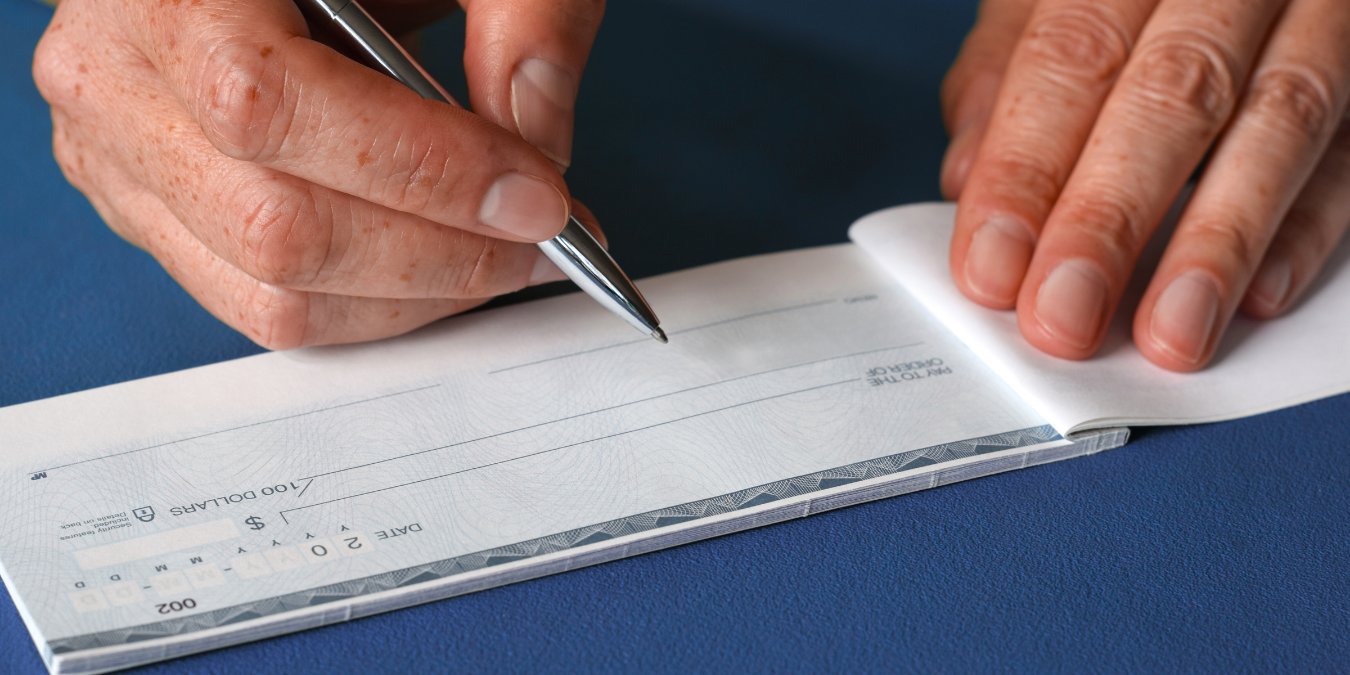
What if a single bounced cheque could cost you double the amount—and land you behind bars?
-

Is Your Payslip a Ticking Time Bomb? The 10 “Silent” Red Flags That Will Trigger an AI Tax Audit in 2025
-

Market Alert: Is the Bull Run Back? Indian Stock Market Trends & Strategy for Tuesday, 02-12-2025






